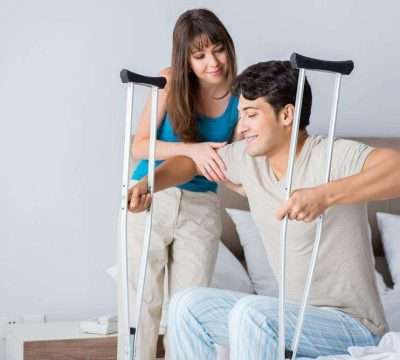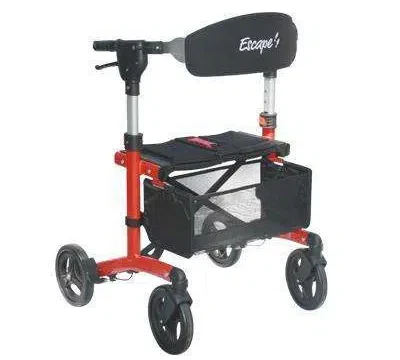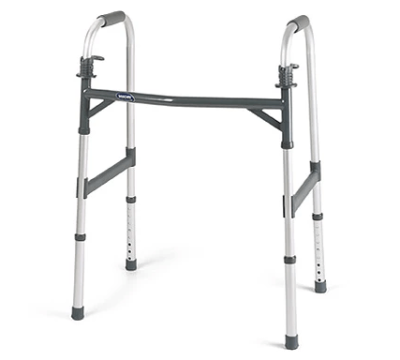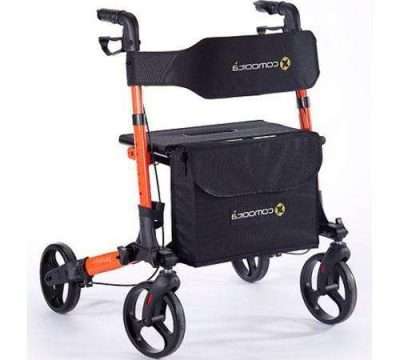What are Common Problems with Walkers for Elderly?
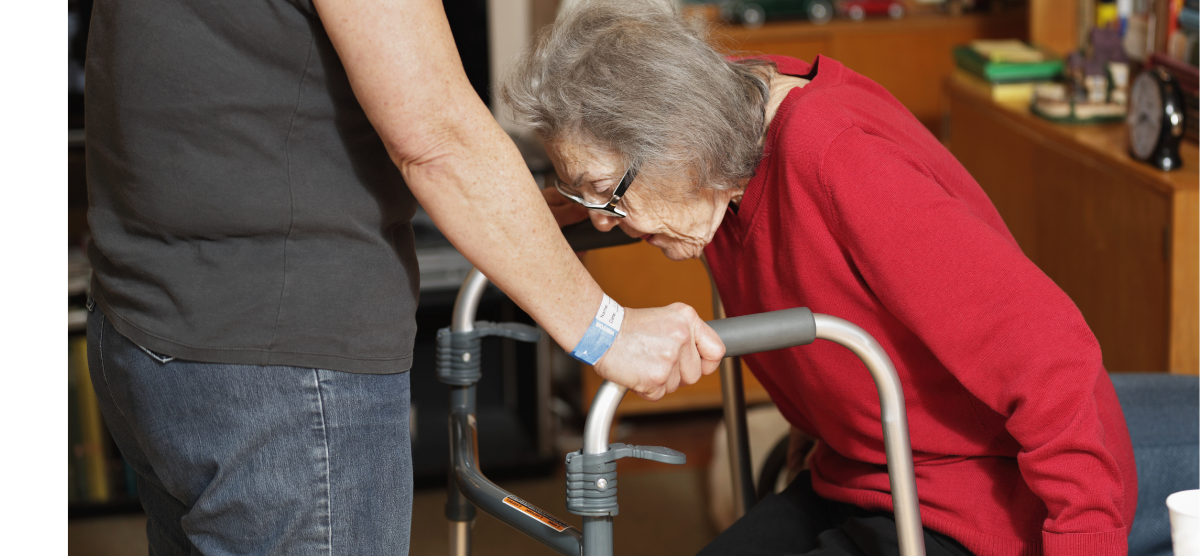
As we become older, maintaining our mobility may become more challenging, which is why many individuals choose to use it for their assistance. Nonetheless, the use of this gadget is connected with several possible problems. It is essential to be aware of these hazards if you want to use the device in a manner that is safe and pleasant. Before purchasing this product you must know what are the common problems with walkers for the elderly.
Common Problems with Walkers for Elderly
Here are some of the common problems with walkers for elderly that everyone should know before selecting the product of their own choice.
Lack of Proper Fit and Adjustability:
One of the most common issues with these gadgets is more accurate fit and adaptability. Each person has a unique height and body proportions, and using an improperly fitting product can cause discomfort, instability, and an increased risk of falling. These can put tension on the back, arms, and shoulders, making it difficult for seniors to walk properly.
The solution is to select the one with customizable features, including height settings, armrest locations, and handgrip modifications. These enable personalization, ensuring the product meets the individual’s particular demands while encouraging good body alignment and balance. The danger of pain and instability can be considerably minimized by investing in a gadget that can be adjusted to the user’s dimensions.
Limited Maneuverability and Accessibility:
Another issue that older people with these products encounter is reduced mobility and accessibility. Traditional ones are sometimes cumbersome, making maneuvering through tight places, tiny entrances, or congested locations difficult. This might cause problems and limit the user’s ability to move freely and independently.
Alternative mobility devices like rollators or wheeled walkers may address this issue. These types of gadgets have better agility and swivel wheels, making turning and traversing obstacles simpler. Furthermore, some versions include built-in chairs, allowing users to move easily. Seniors can improve their mobility and accessibility in various contexts by choosing a more maneuverable one.
Lack of Stability and Support:
stability and support are critical for everyone who wants to use the product. A walker’s principal function is to offer a sturdy and secure base for assistance to avoid falls and accidents. However, certain devices may lack stability, tipping or sliding on uneven ground or when confronted with obstructions.
If you select a product with broader bases or better grip materials to remedy this issue. Products with extra stability elements, such as locking mechanisms or anti-slip tips, can greatly lower the danger of falling. Additionally, it has adjustable grips that give a secure grasp and improves overall stability and support.
Heavy and Cumbersome Design:
The weight and form of it might be difficult for older people. Lifting and maneuvering heavy ones can be challenging, especially for people with limited strength or mobility. Cumbersome designs may impair the user’s ability to move comfortably and limit their independence.
This difficulty can be alleviated by selecting it composed of lightweight materials such as aluminum or carbon fiber. These materials provide durability while decreasing the overall weight of the product. Light walkers for the disabled are simpler to manage and maneuver, allowing seniors to keep mobility without feeling overwhelmed by the device’s weight.
Social Stigma and Psychological Impact:
The one who is using this product gets social stigma and psychological impact. The view of these sorts of products in society as a sign of old age or fragility may induce shame or self-consciousness. As a result, elders may avoid using it entirely, even if it is required for their safety and mobility.
Addressing this issue necessitates a transformation in public attitudes and the promotion of acceptance and understanding. It is critical to note that these projects are mobility aids that allow people to preserve their independence while participating in everyday activities. Encouragement of a good self-image and increased confidence in senior people can assist them in overcoming the social stigma associated with this kind of product.
Lack of Customization and Personalization:
Many basic types of these products need more customization features, leaving users with few alternatives for meeting their unique tastes and needs. Having a product that expresses their individuality and meets their special needs might improve the user’s experience and pleasure.
Look for it with adjustable features and attachments. Some customizing possibilities include padded chairs, storage pockets, and removable trays. Personalizing their devices allows older people to feel a feeling of ownership and pride, which may lead to a more enjoyable walking experience.
Conclusion
While these products are useful mobility aids for the elderly, they have drawbacks. We can significantly enhance the design and functionality of these products by recognizing and tackling the challenges connected with them. Ensuring correct fit and adjustability, improving mobility and accessibility, prioritizing stability, and support, choosing lightweight designs, promoting acceptance, and allowing for personalization are all important elements in addressing these issues. We can increase mobility and general quality of life for our aging population by always seeking to develop these types of products for the elderly. Contact us for more




